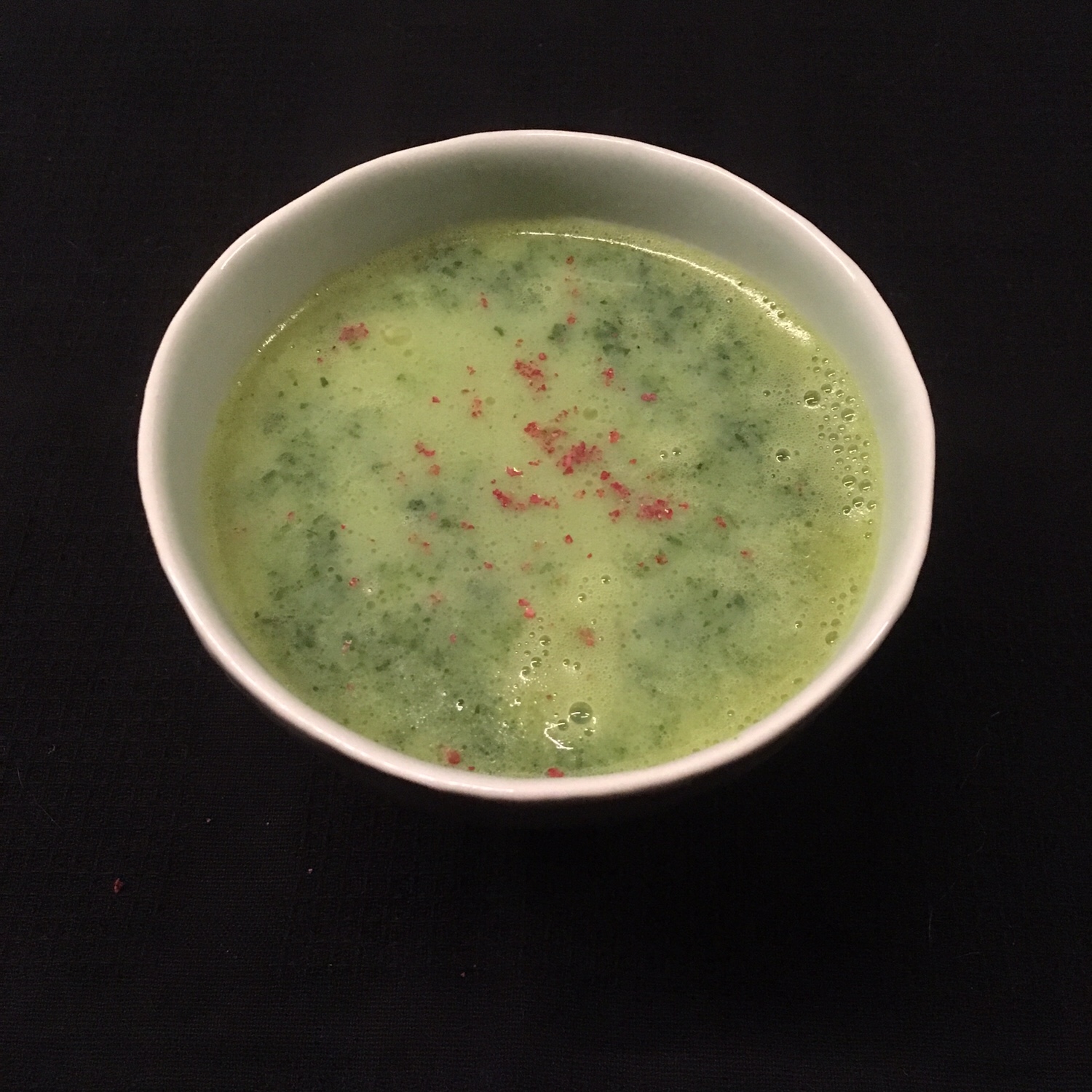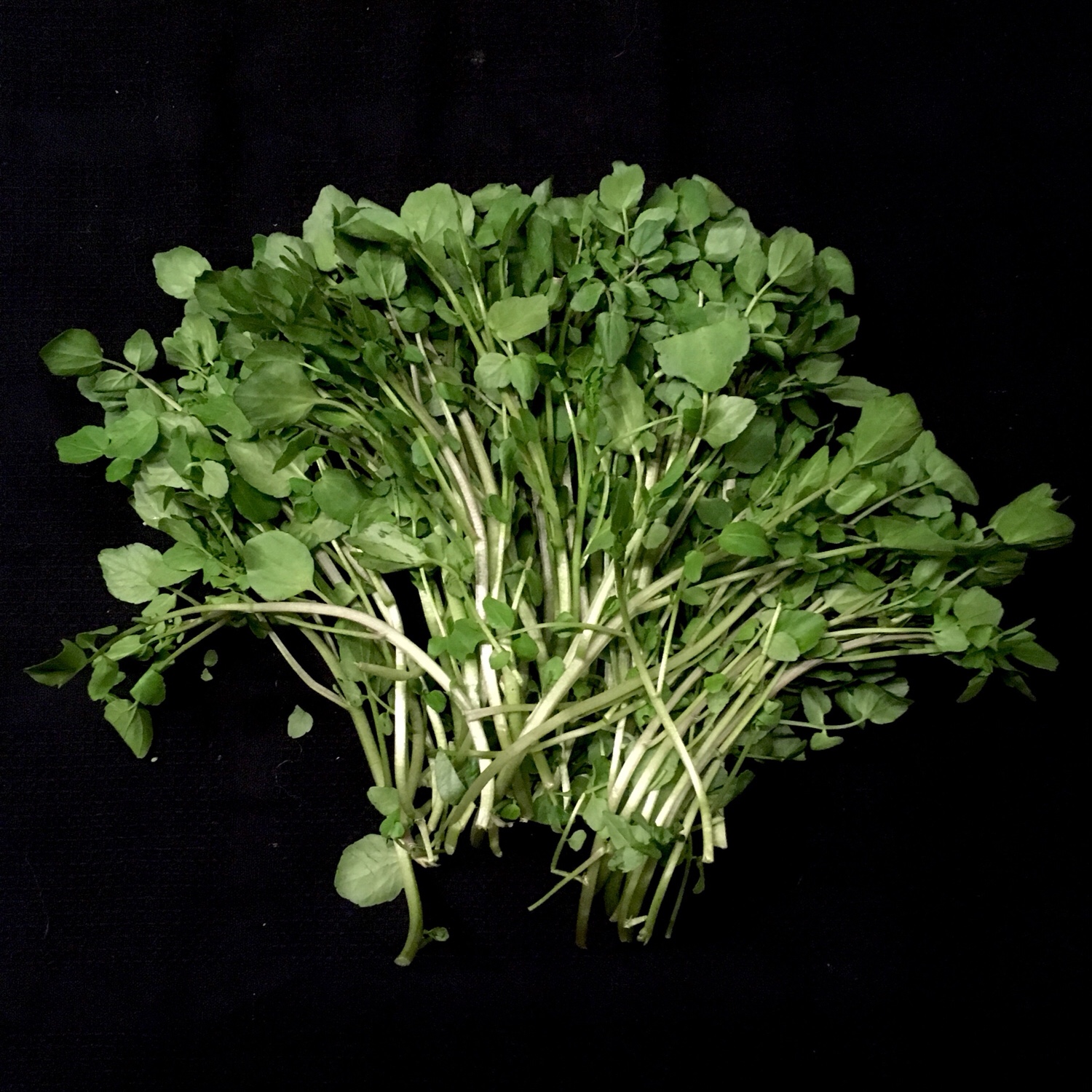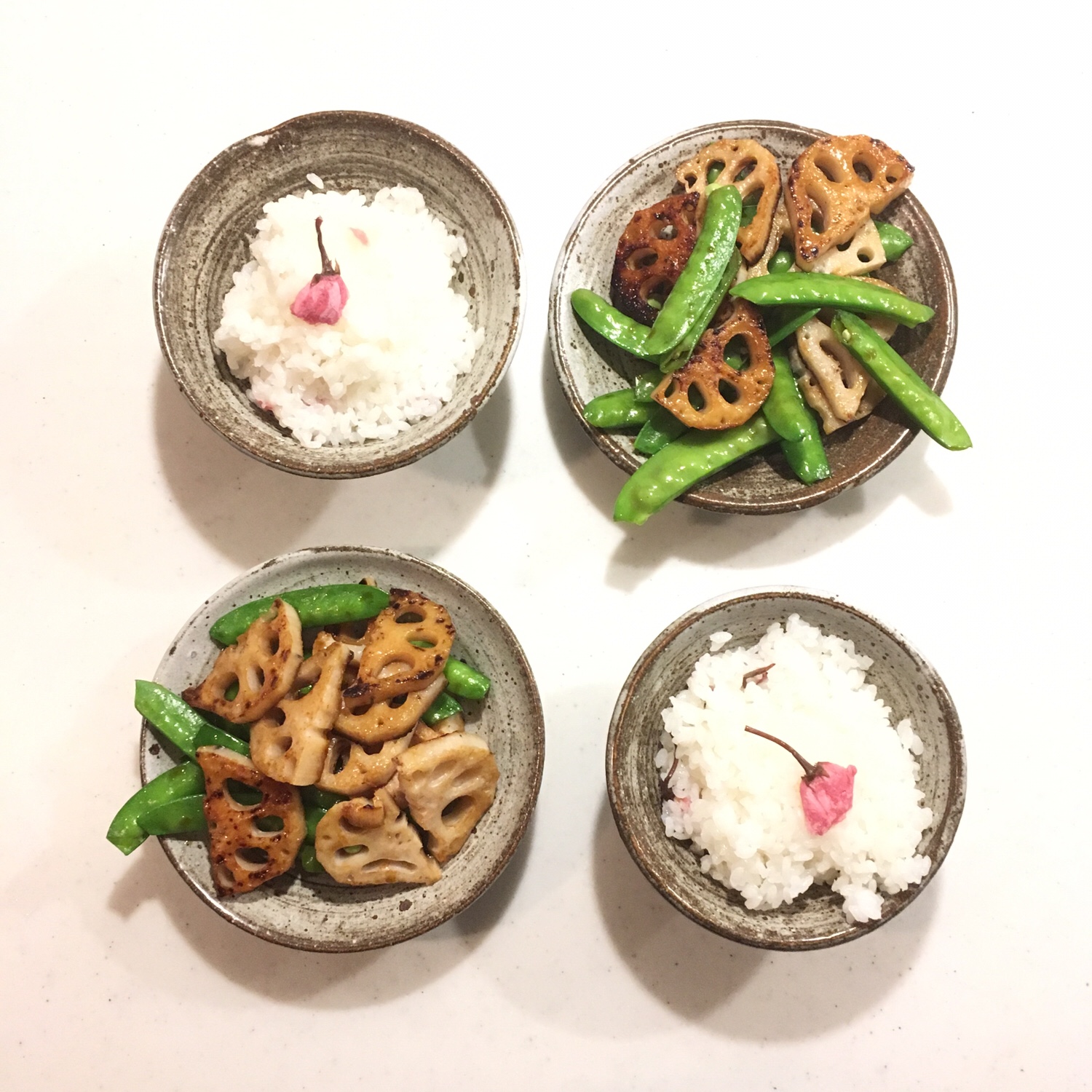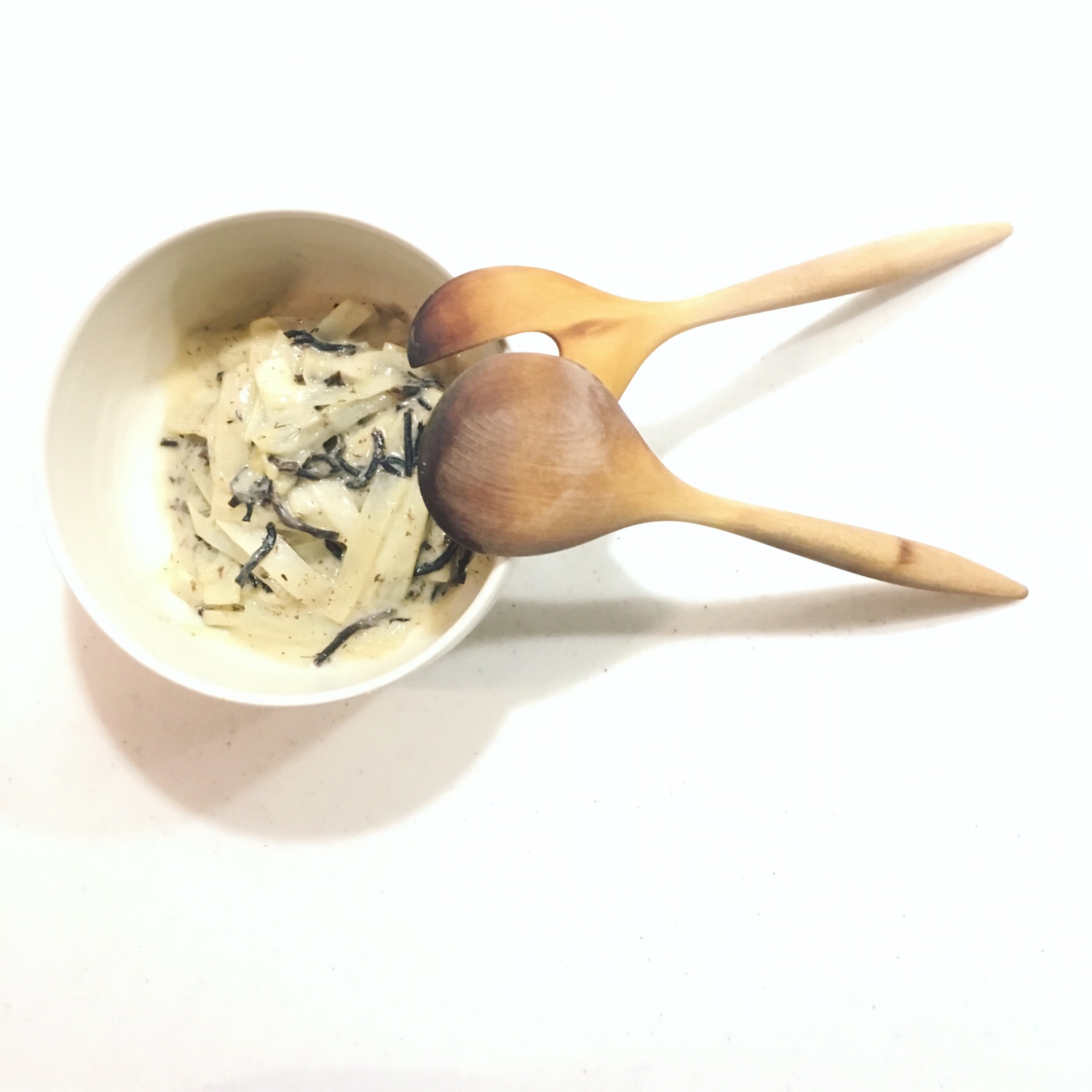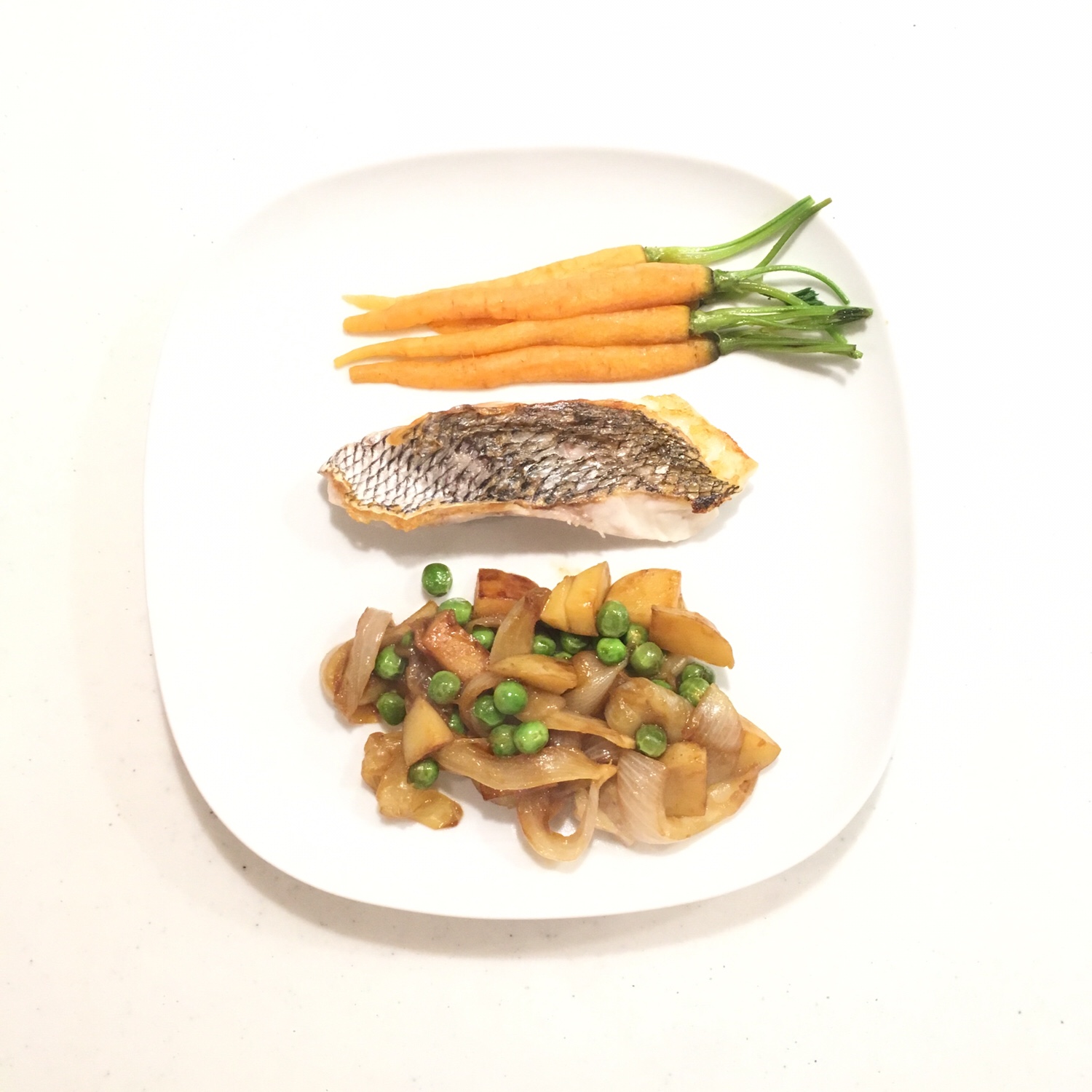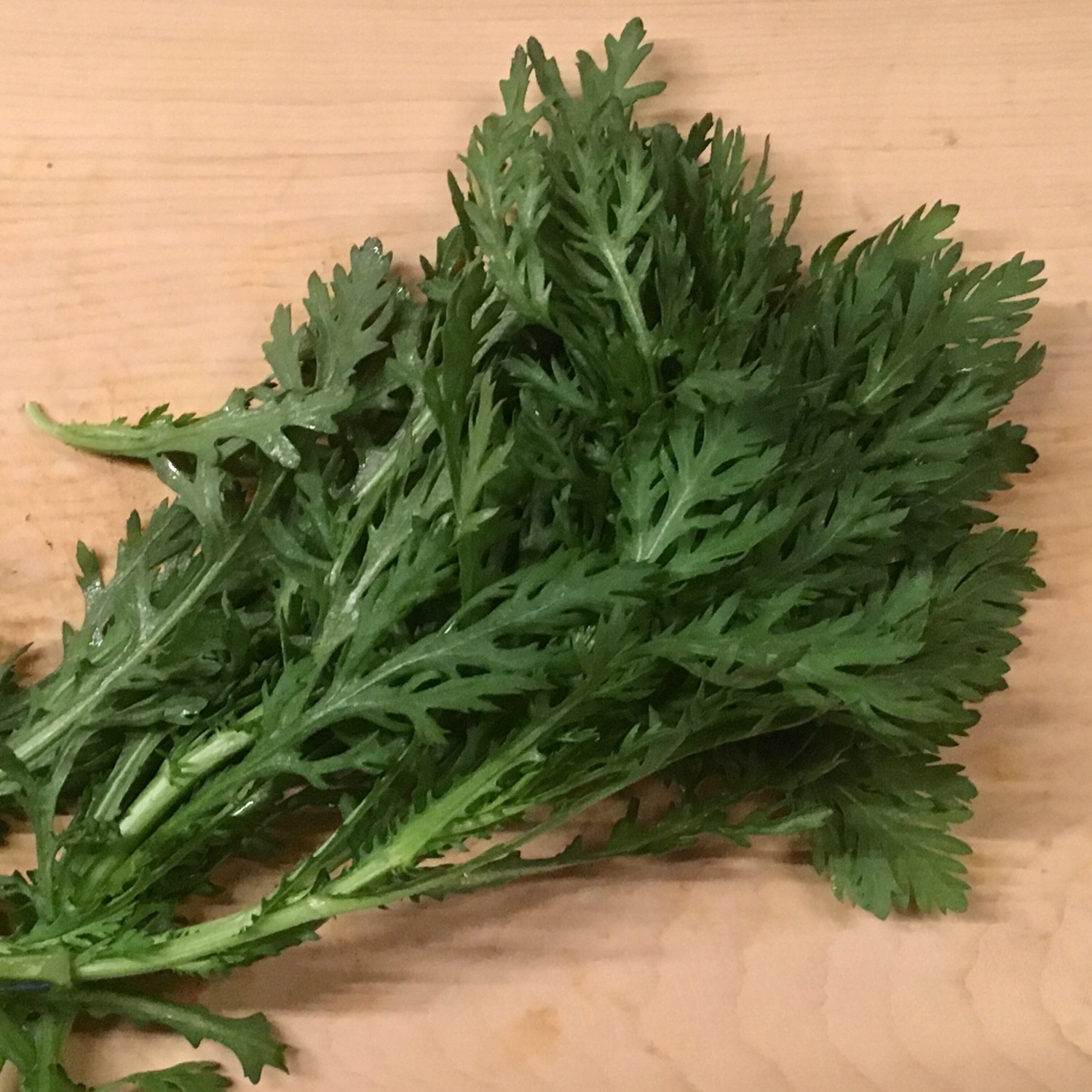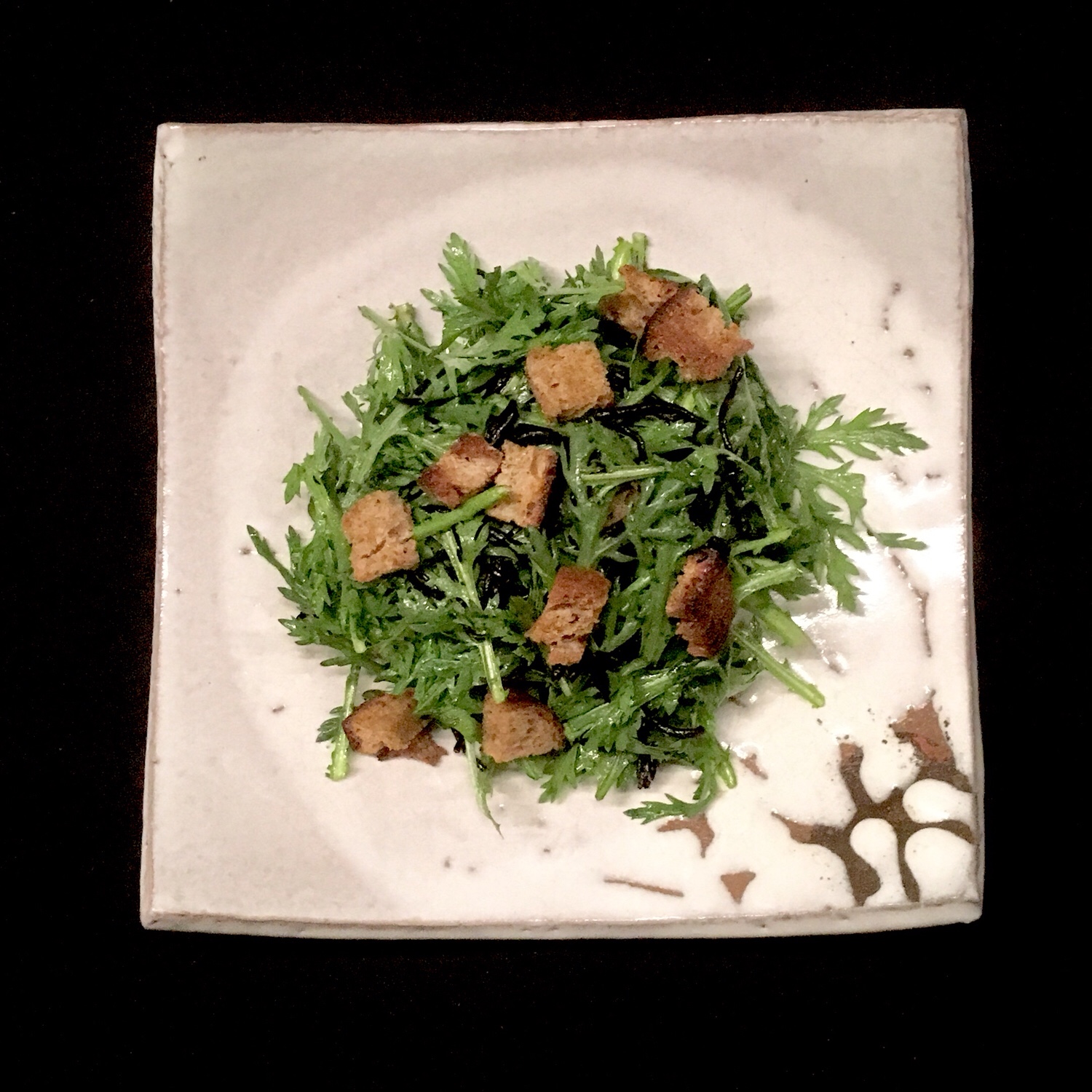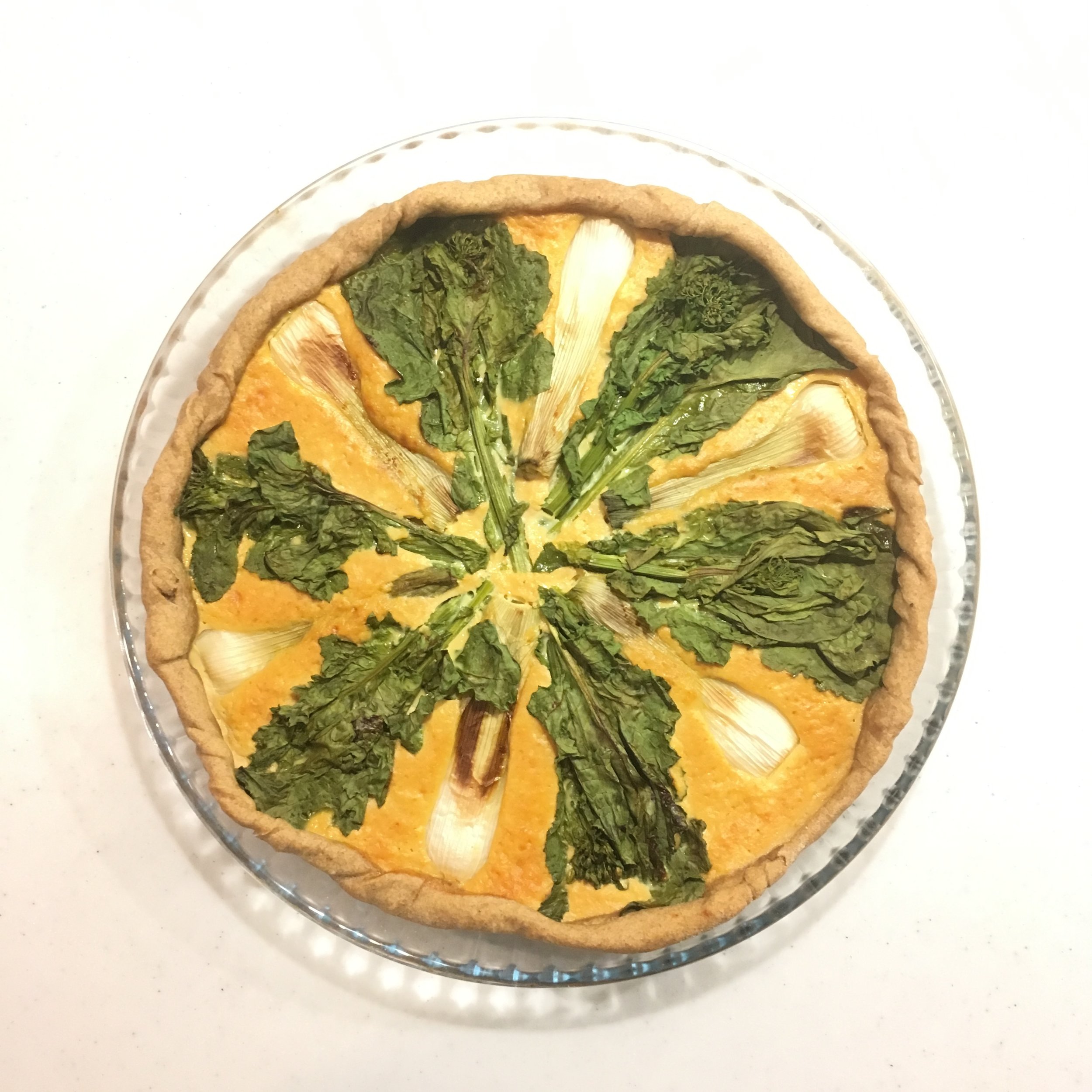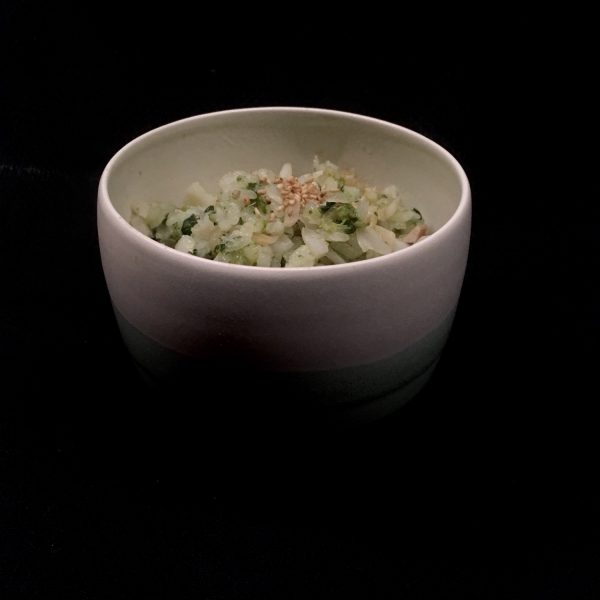Cresson, or watercress is this little green that is harvested in spring or in autumn, and is delicious in many various preparations. It is for some unclear reasons not so easy to find watercress easily at the market so when I find some I just buy plenty and use it in many various recipes. You’ll find in the next days the recipes I have tries this time. Some classic one and some more exploratory. I hope you’ll enjoy them and it will convince you to try this little plant in your next recipe!!
To start with, a simple watercress soup, light and green, with only 3 ingredients: watercress, milk and water. I added a bit of pink pepper for the picture. No salt, nothing added, I found it was tasteful enough. Of course you can add salt of spices, but the simple preparation reveals the real nature of the watercress.
Watercress soup
– a bundle of watercress
– 1/2L of water
– 1/3L of milk at room temperature
Wash the watercress and remove the bottom hard part if any. Boil in the water until soft. Blend, add the milk, serve. That’s it.
